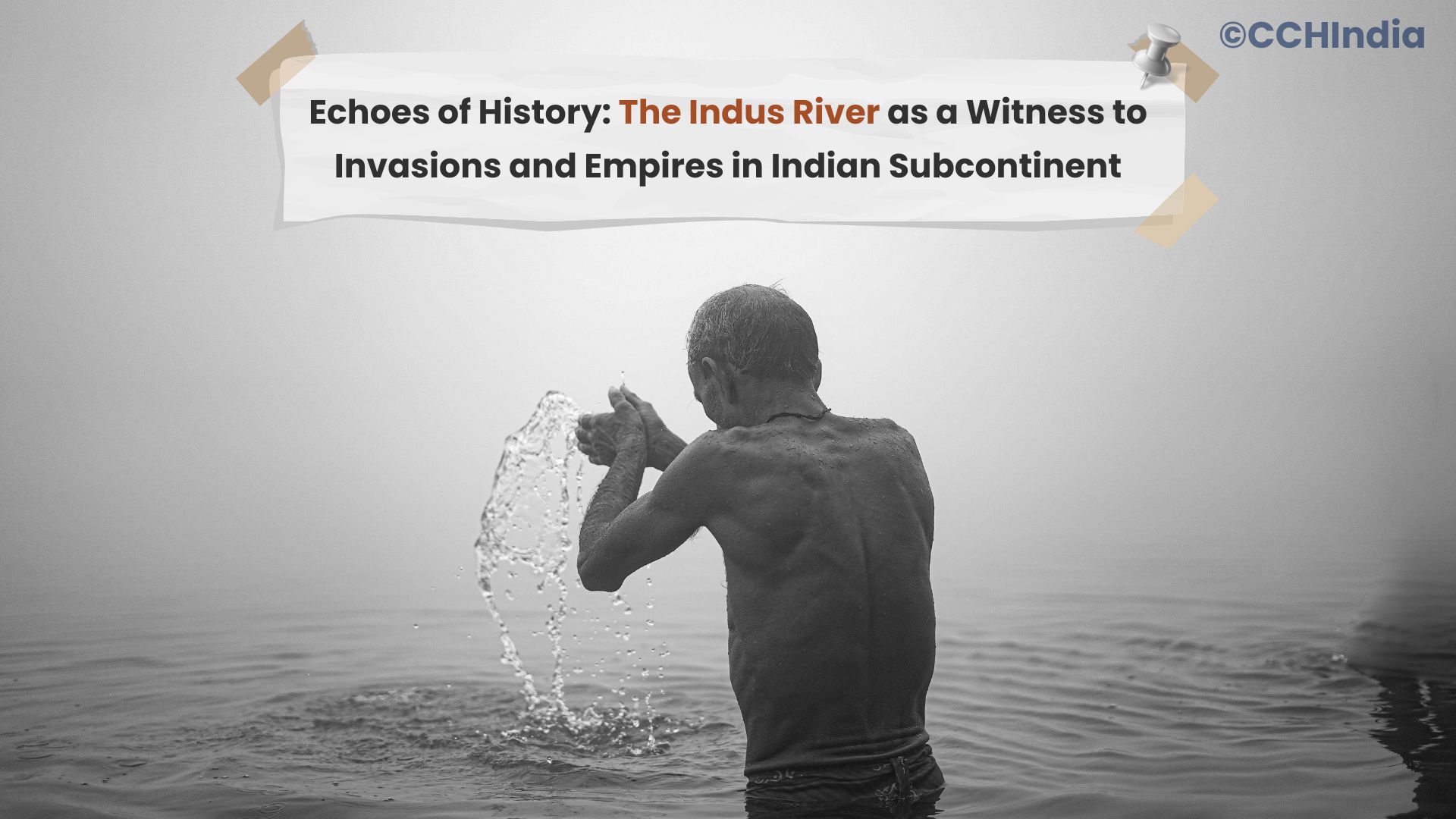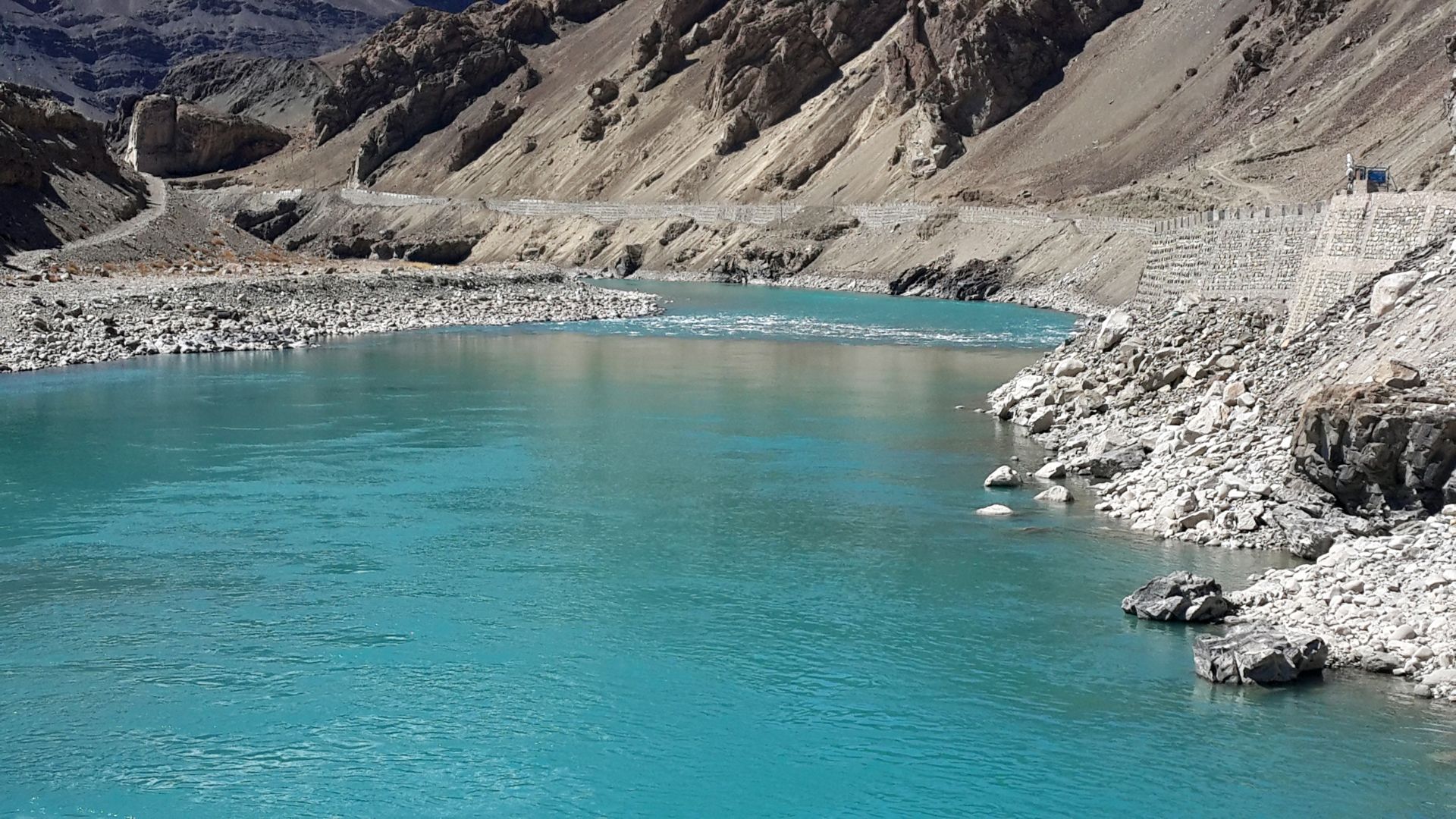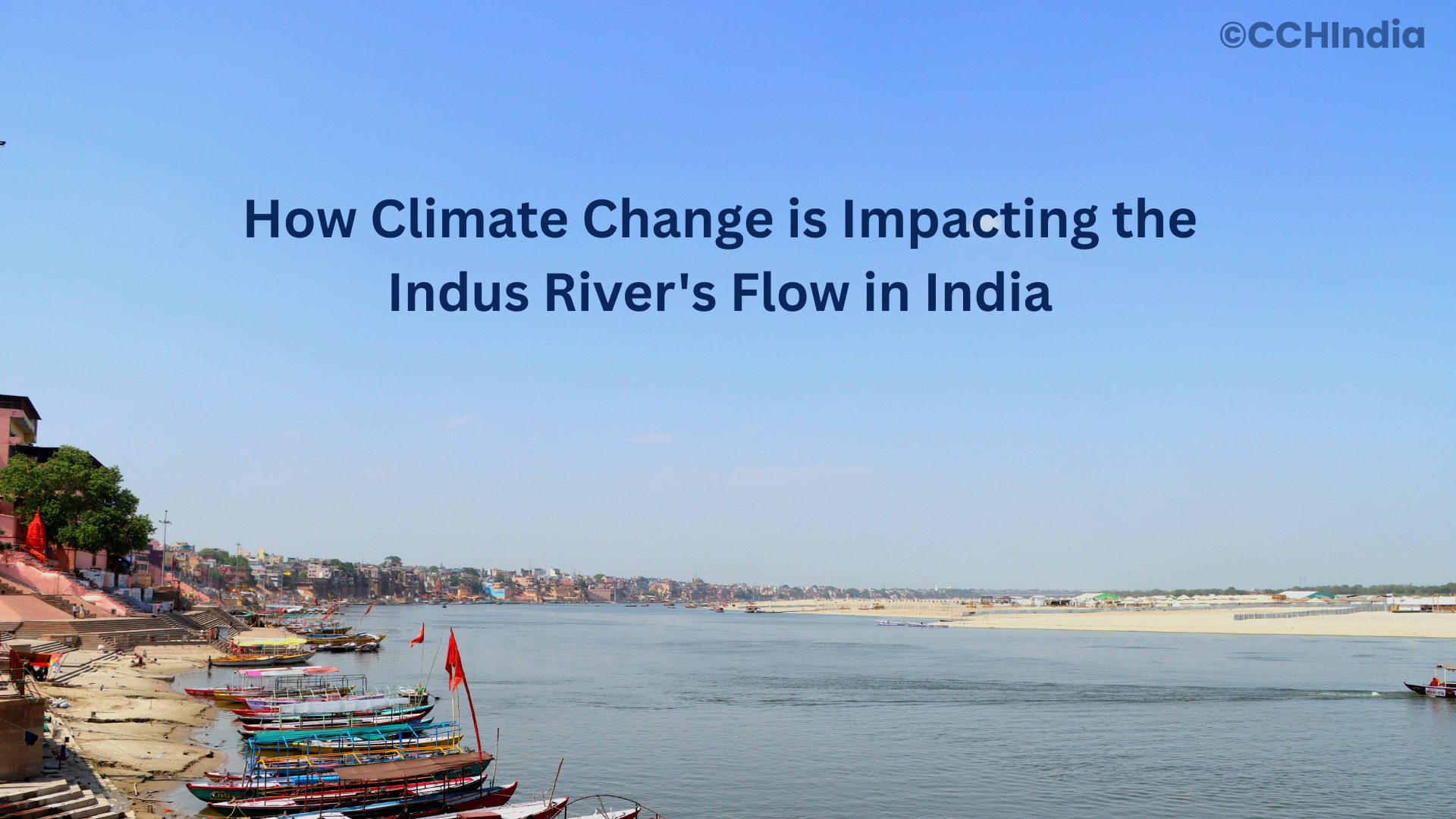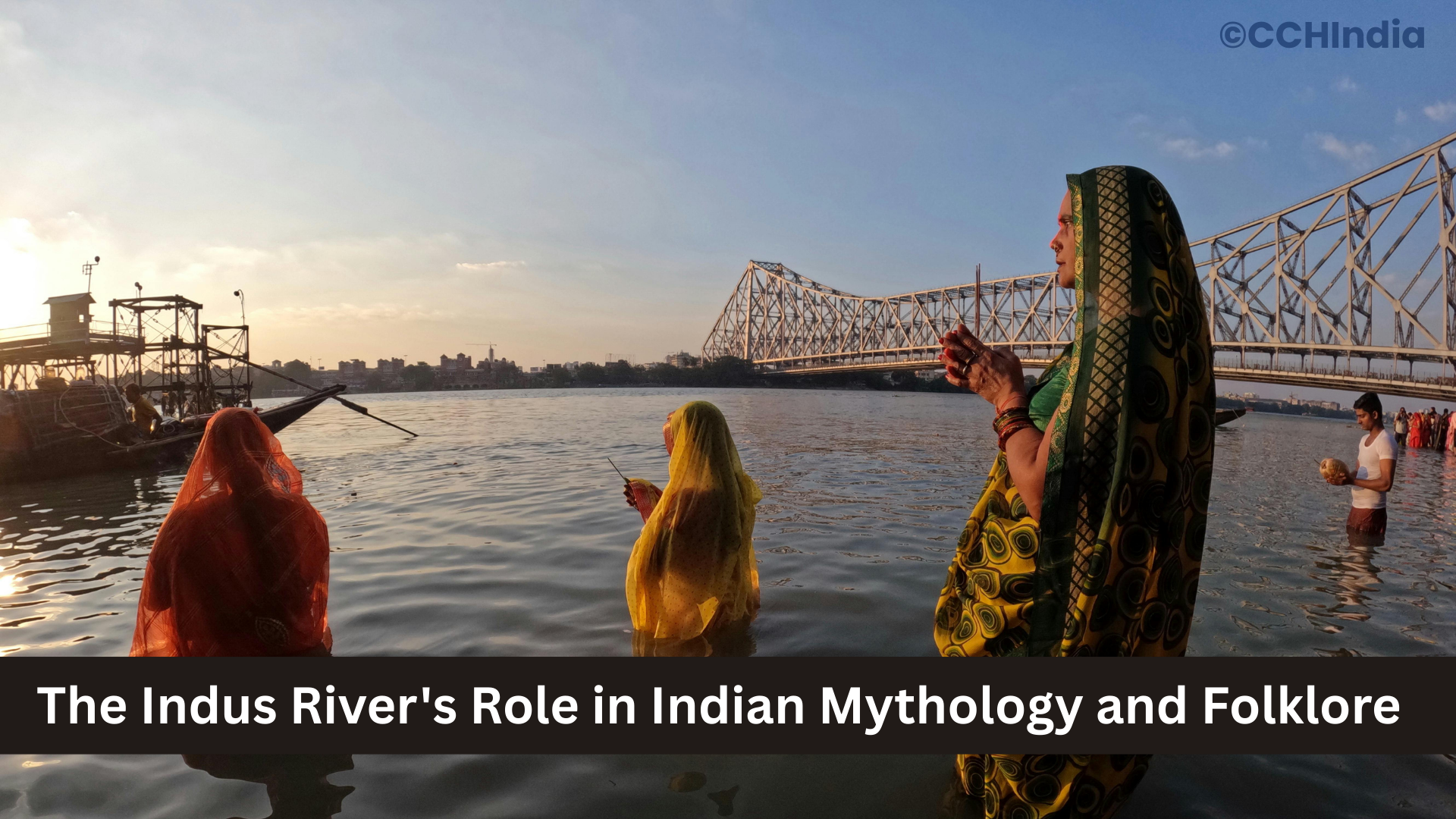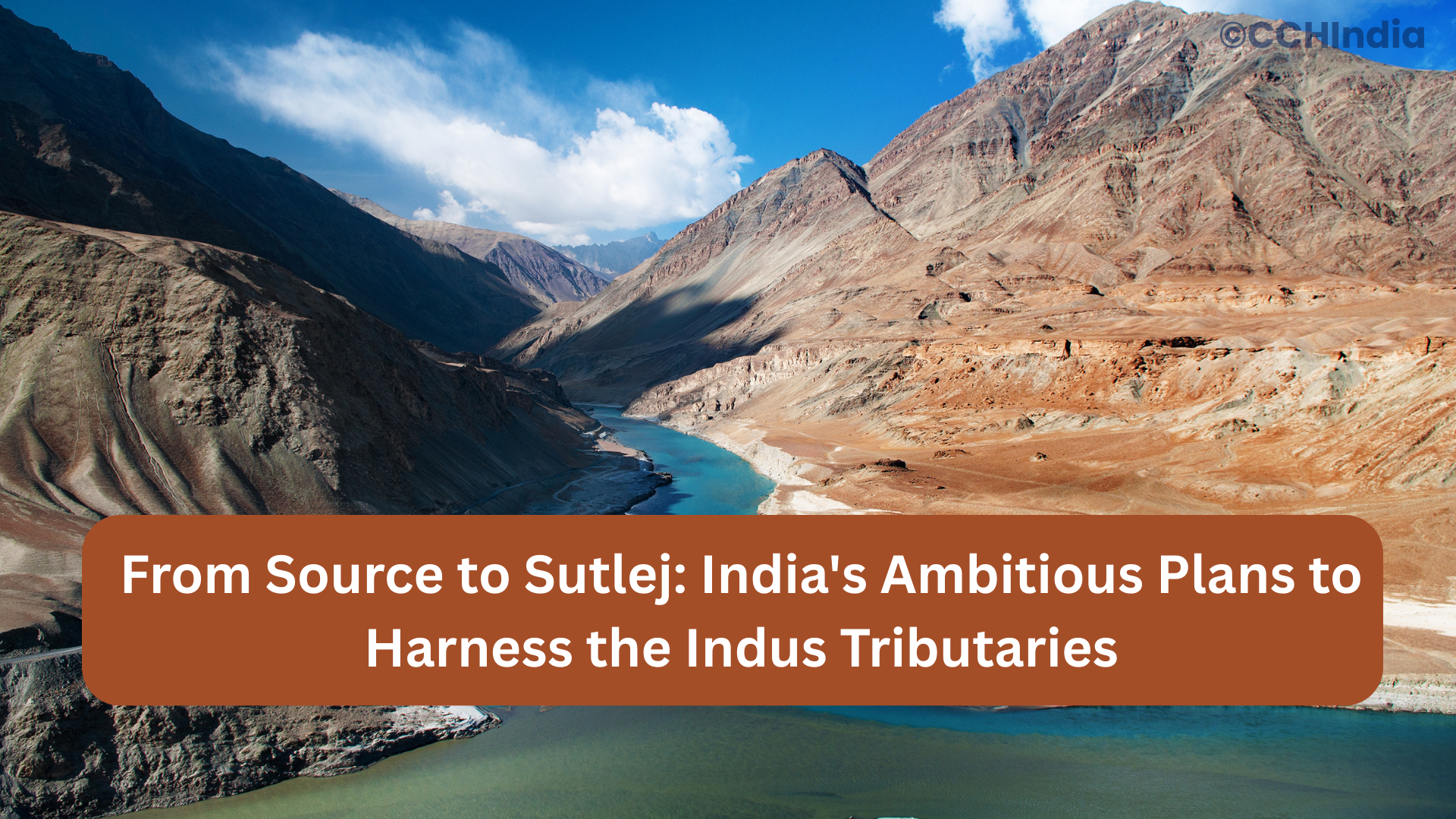The Silent Witness: The Indus River and the March of Empires
You ever wonder what it would be like to just... watch? Not to participate, not to judge, but just to sit and observe for thousands of years. What stories would you hold? What secrets would you keep? That’s what I think about when I look at a map and see the Indus River. It’s not just a river; it's the ultimate silent witness. It has seen things, you know? Things that are just staggering when you really stop to think about them.
The Gateway of a Subcontinent
Let’s be honest, geography is destiny. You can’t escape it. And for the Indian subcontinent, the Indus River was the main entry point from the west. It was like a giant, liquid highway. Sounds simple, right? But think about what that means. Every major conqueror, every ambitious king with a great army, had to deal with this river. It wasn't just a physical barrier; it was a line, a landmark that said, "This is where our world begins."
I just get this image in my head: Alexander the Great, with his legendary army, standing on the banks, probably just... mesmerized. Or frustrated. You have to imagine what that moment was like. They had conquered so much, but here was this massive, ancient river. It wasn't just a military crossing; it was a symbolic one. It was the moment they stepped into a completely new and unknown world. That’s a humbling thought, isn't it?
The Echoes of a Hundred Armies
The Indus has seen them all. The Persians, the Greeks, the Scythians, the Huns, the Mughals… the list just goes on and on. It’s a constant thread through centuries of conflict. Each of these empires brought their own culture, their own gods, their own brutal way of doing things. And the river just… watched. It saw the dust clouds of marching armies, the gleaming armor, the shouts of battle, and the quiet, sad retreats.
I can’t help but feel a little sad about it, to be honest. All that pain, all that blood, all those dreams of empire, washed away in its waters. And the river just keeps flowing, indifferent to the human drama on its shores. It's a powerful and humbling reminder of how temporary our grand plans are. We build empires, we fight for land, and the river just continues its journey to the sea, as it always has.
A Living Boundary
Even in more modern times, the Indus has played this role. The Partition of 1947, a moment of such immense tragedy and division, saw the Indus as a sort of geographical and cultural fault line. It became a border, a scar. The river that had once united a civilization was now a marker of separation.
That’s a tough one to wrap your head around. How can something so ancient and unifying become a symbol of such a recent, painful split? It’s a real-life example of how human choices can twist and redefine the meaning of something as timeless as a river. It makes me feel a bit frustrated, honestly. Like we didn't learn from all the history that flowed right past us.
The Storyteller
So when I see the Indus on a map today, I don't just see a river. I see a storyteller, a keeper of secrets. It’s a living history book, and its pages are written in sand, in silt, and in the memories of a million battles and a thousand years of quiet observation. It reminds me that history isn't just in books; it's in the land, in the water, in the very air we breathe. And sometimes, all you have to do is just stop and listen.


